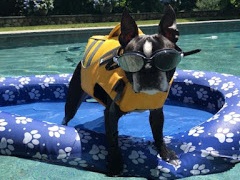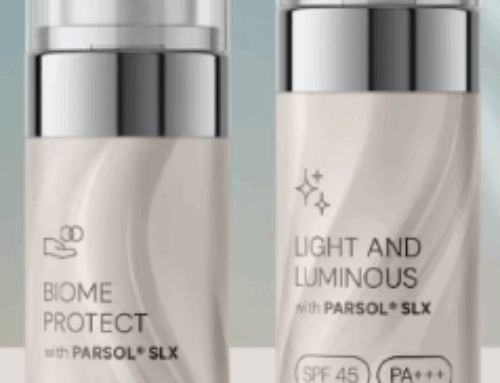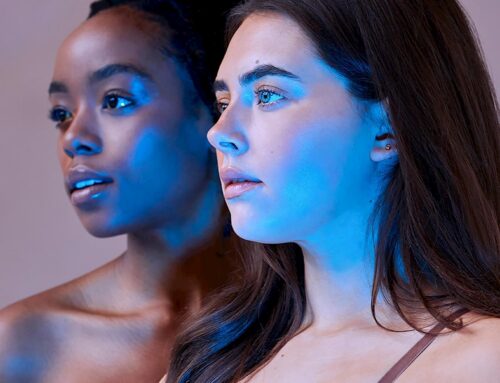It’s almost SUMMER! You know what that means. It’s time to think about gearing up for fall marathon training. Chicago. NYC. Berlin. Marine Corps. So, lace up your sneakers and hit the pavement. However, please don’t forget your sunscreen. One in five Americans will develop skin cancer in their lifetime—don’t let it be you!
Who should wear Sunscreen?

EVERYONE! Anyone can get skin cancer, regardless of age, race or gender.
When should I wear Sunscreen?
EVERY DAY. Believe it or not, the sun emits harmful UV rays year-round. Even on cloudy days, up to 80% of the sun’s UV rays can penetrate your skin.
How to Choose a Sunscreen:
-
Broad Spectrum: Meaning that it should protect the skin from ultraviolet A (UVA) and ultraviolet B (UVB) rays, both of which contribute towards skin cancer
-
SPF 30 or Higher: The sun protection factor is a measure of a sunscreen’s ability to prevent UVB rays from damaging the skin.
-
Water Resistant: How long the sunscreen will stay on wet skin (40 or 80 minutes). Even water resistant sunscreens have to be re-applied as heavy perspiration can reduce their efficacy.
What Type of Sunscreen is Best?
Available sunscreen options include lotions, creams, gels, ointments, wax sticks and sprays.
Creams: Best for dry skin and the face
Gels: Good for hairy areas, such as the scalp or male chest
Sticks: Good to use around the eyes
Sprays: Although easier to apply, make sure you spray an adequate amount and rub it in to ensure equal coverage
How much do I need to Use?
One ounce of sunscreen (a full shot glass) is considered the amount needed to cover the exposed areas of the body. Don’t be that stingy bartender. Pour yourself a nice tall glass!
WHEN should I Apply it?
Ideally, you should apply sunscreen before you go outdoors. It takes approximately 15 minutes for your skin to absorb the sunscreen and take effect. If you wait until you are out in the sun to apply, you could risk getting a sunburn. Re-apply sunscreen every 2 hours, especially after sweating or swimming.
WHERE should I Apply it?
On all bare skin—including the face, neck, arms and legs. Don’t forget your ears and the top of your head, especially if you don’t have much hair there. To protect your lips, apply a lip balm with a SPF of at least 15.
What else can I do to PROTECT myself?
-
Seek shade, remembering that the sun’s rays are strongest between 10 am and 2 pm. If you have a long run, schedule it for early morning or late afternoon.
-
Wear protective clothing such a long-sleeved shirt, pants, a wide brimmed hat and sunglasses if possible.
-
Check your skin! If you notice anything changing, itchy or bleeding on your skin, see a dermatologist. Skin cancer is almost always curable when detected early.
What are some good sunscreens for runners?
Lotions and creams are great until you start running and your eyes start to sting and burn (trust me, I know from plenty of experience). I prefer sticks because they are good for sensitive areas and are ultra portable—small enough to fit in your running belt or pocket.
-
ELTA MD UV Clear Broad Spectrum SPF 46 (A perennial favorite of all dermatologists and especially mine, because you CAN rub it in your eyes and run!)
-
ISDIN Eryfotona Actinica Broad Spectrum SPF 50+
-
SkinMedica Total Defense and Repair SPF 50+
-
Colorescience Sunforgettable Total Protection Brush on Shield SPF 50
-
Shiseido UV Protective Stick SPF 37
-
Eau Thermale Avene Hydrating Sunscreen Balm SPF 50+
-
La Roche Posay Anthelios XL Senstive Areas Stick SPF 50+
-
Aquaphor Lip Protectant + Sunscreen
Jane Yoo, M.D. is a practicing dermatologist with her office location near Columbus Circle. She attended M.I.T. and Harvard University, with her medical degree at the Medical College of Virginia. Her clinical and research interests revolve around the prevention, detection, treatment and management of skin cancer.





